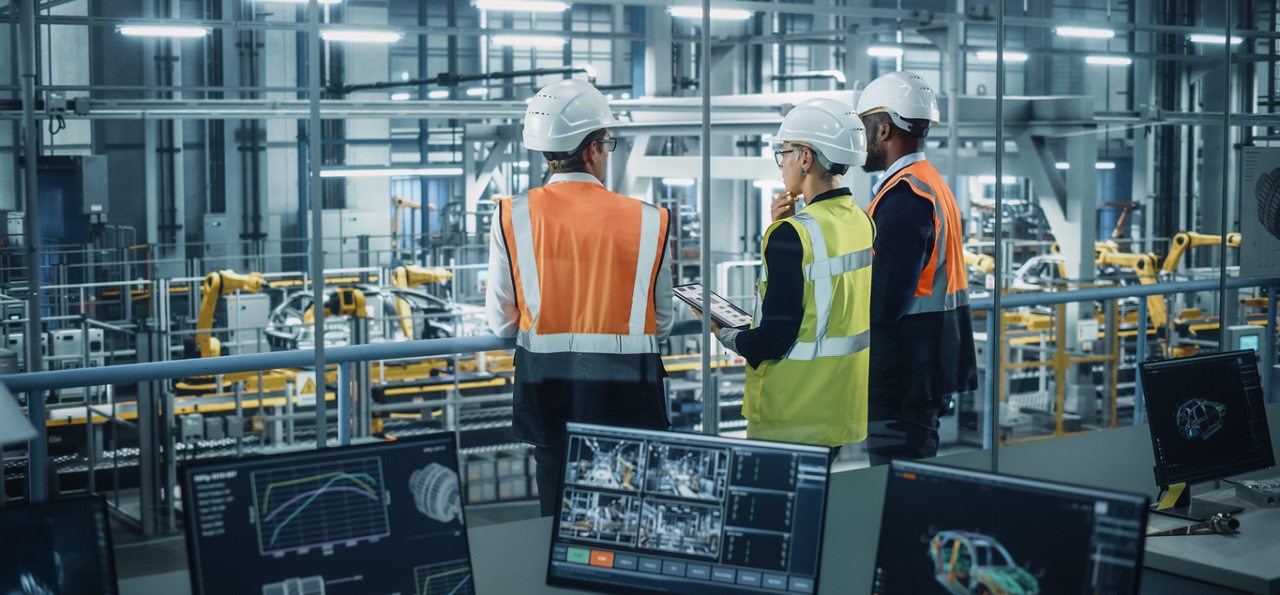Contingent workforce managers who manage manufacturing workforces in the US may find that it’s about to get even more difficult to recruit talent for their programs than ever before. Several new federal acts have been passed that are changing the manufacturing landscape, including the Infrastructure Investment and Jobs Act, the Creating Helpful Incentives to Produce Semiconductors and Science Act, and the Inflation Reduction Act. They are designed and poised to drive job growth, development and equity; promote clean energy; rebuild infrastructure; and build up the semiconductor industry.
How will this affect your program? Billions of dollars are slated to be invested in semiconductors, clean energy components, electric vehicles and batteries as well as the constituent parts and raw materials of these products. However, there is an ongoing shortage of labor, supply chain issues and zero emission goals for companies to contend with.
Megafactories are emerging to feed the ongoing and upcoming demand that these legislative efforts will drive. Ohio is one hotbed of activity, and more will come to the forefront as companies ramp up to satisfy the ongoing demand.
The National Association of Manufacturers recently surveyed manufacturing executives and found that 75% cited attracting and retaining a quality workforce as their primary business challenge. The survey also showed that to meet this challenge, 46.8% of manufacturing execs offer flexible scheduling to manufacturing workers. To make things even more interesting, a recent Deloitte analysis shows a 4% rise in earnings and a 19% reduction in voluntary separations from the first quarter of 2022 to the first quarter of 2023. This indicates that talent may be staying put to some degree in noncontingent roles and making more money.
Technology and AI will help you by providing smarter factories that will increase productivity and enhance labor efficiency. Mobile apps can use AI to screen, customize training, replicate site conditions through virtual reality and comply with OSHA and regulatory requirements. Leveraging retiree knowledge and partnering with the right suppliers can also build your workforce in any sector and help you attract, train and retain more talent.
While smart factories may help bolster productivity, worker demand is also expected to grow. Take advantage of your suppliers’ expertise, new and existing technology, and data from state and local sources to help you stay on track and prepare for the future. Watch for a megafactory opening near you, as these upcoming manufacturing investments will likely give rise to increased worker demand for your company and for the competition that create an even bigger race for overall talent.









